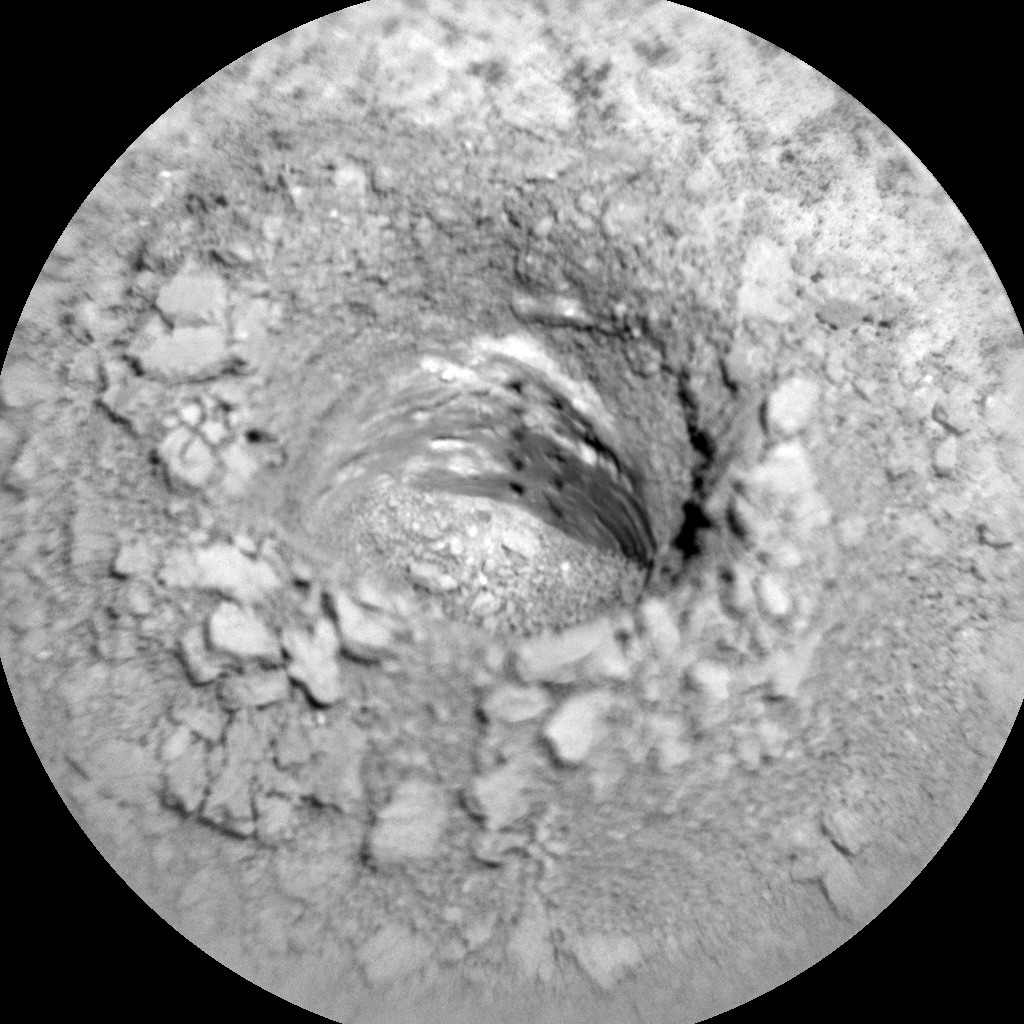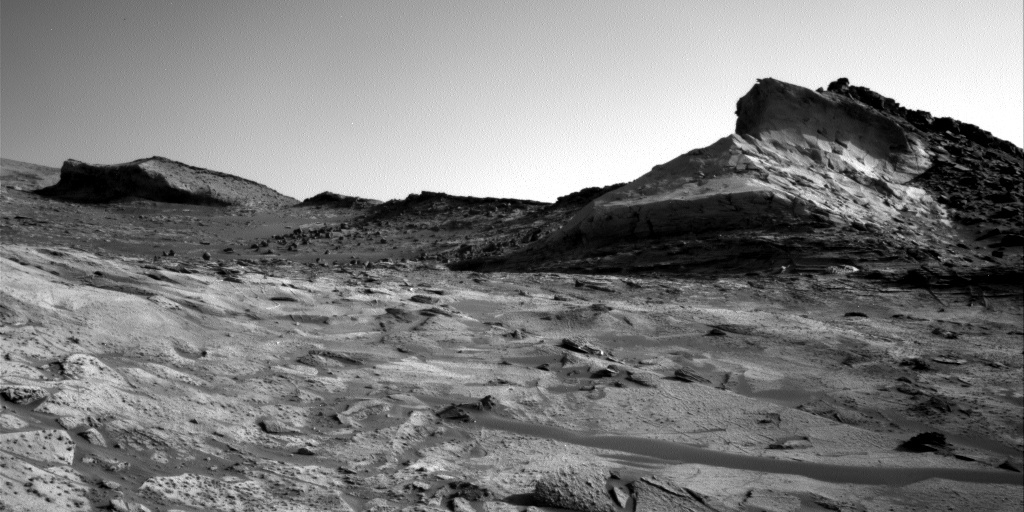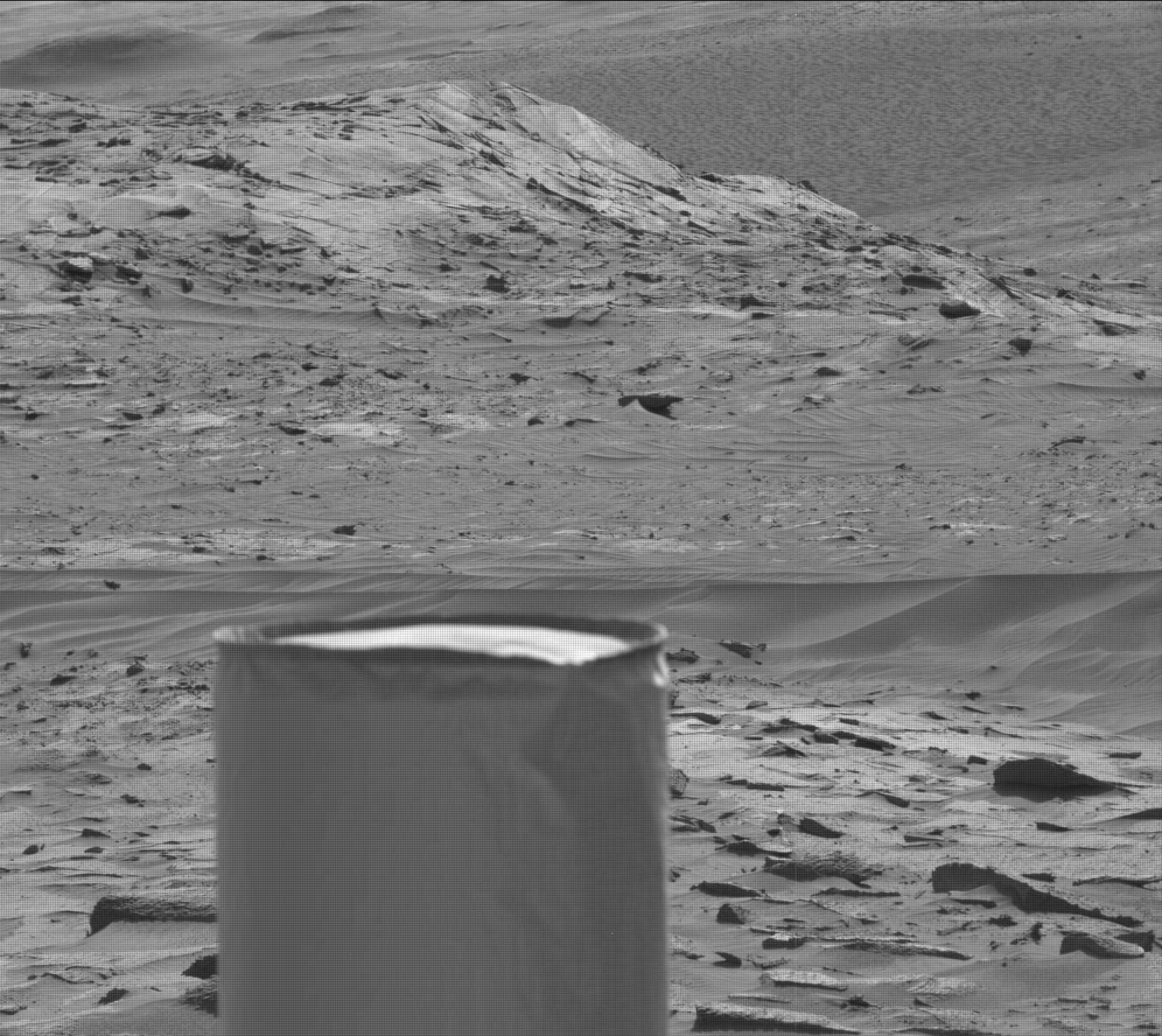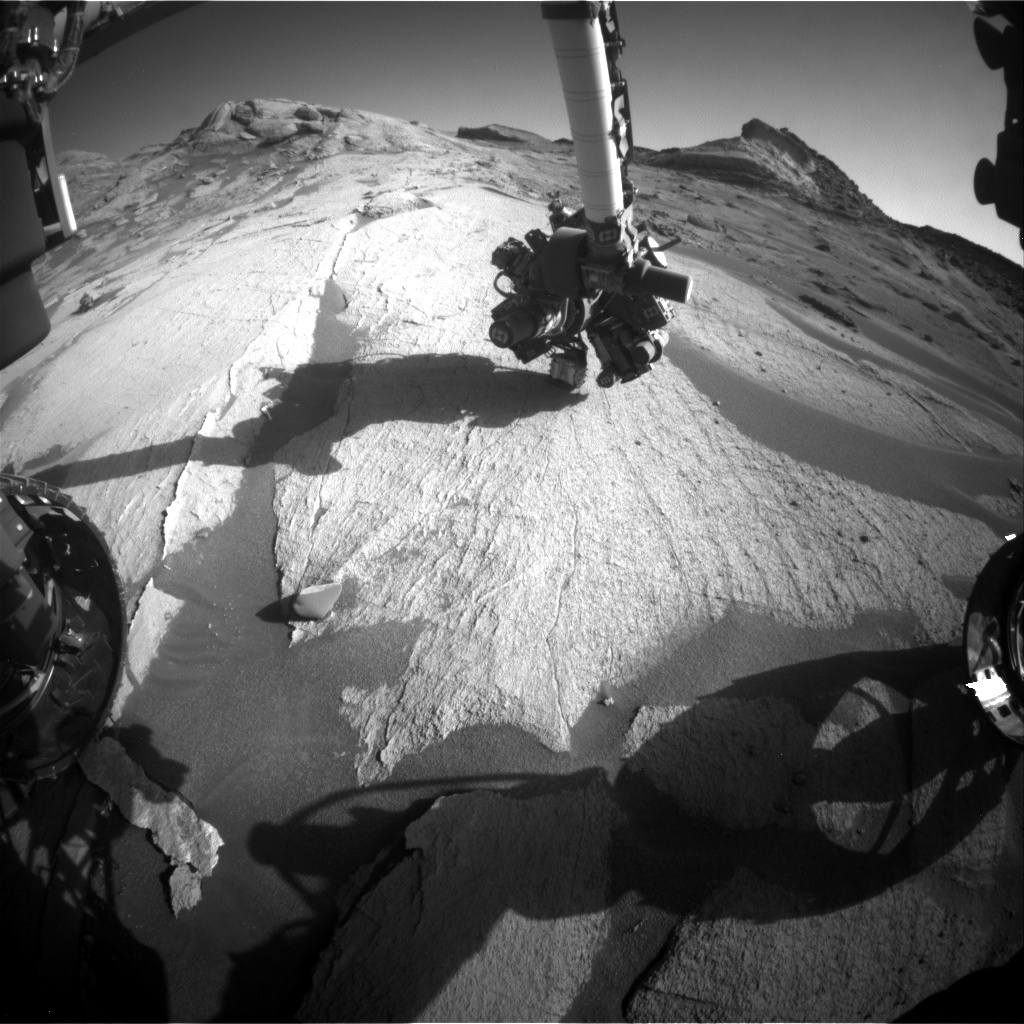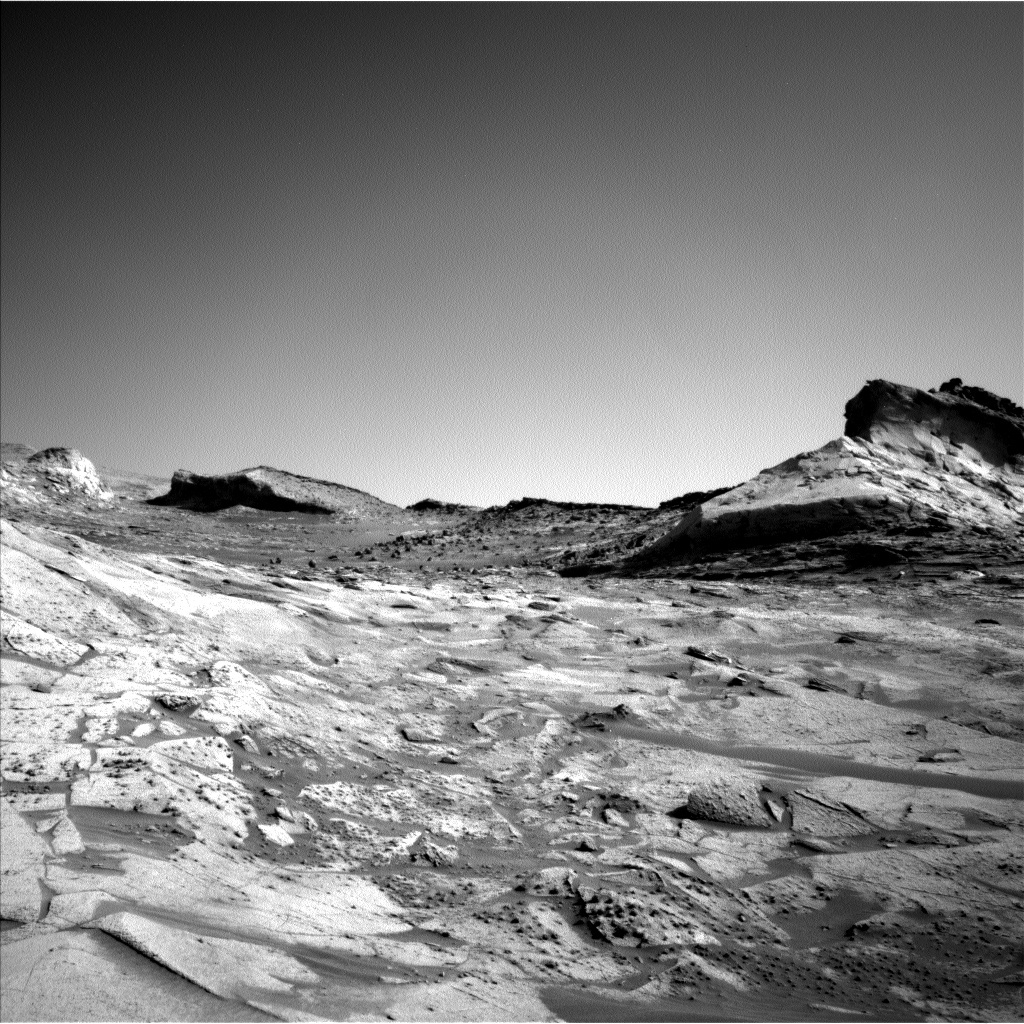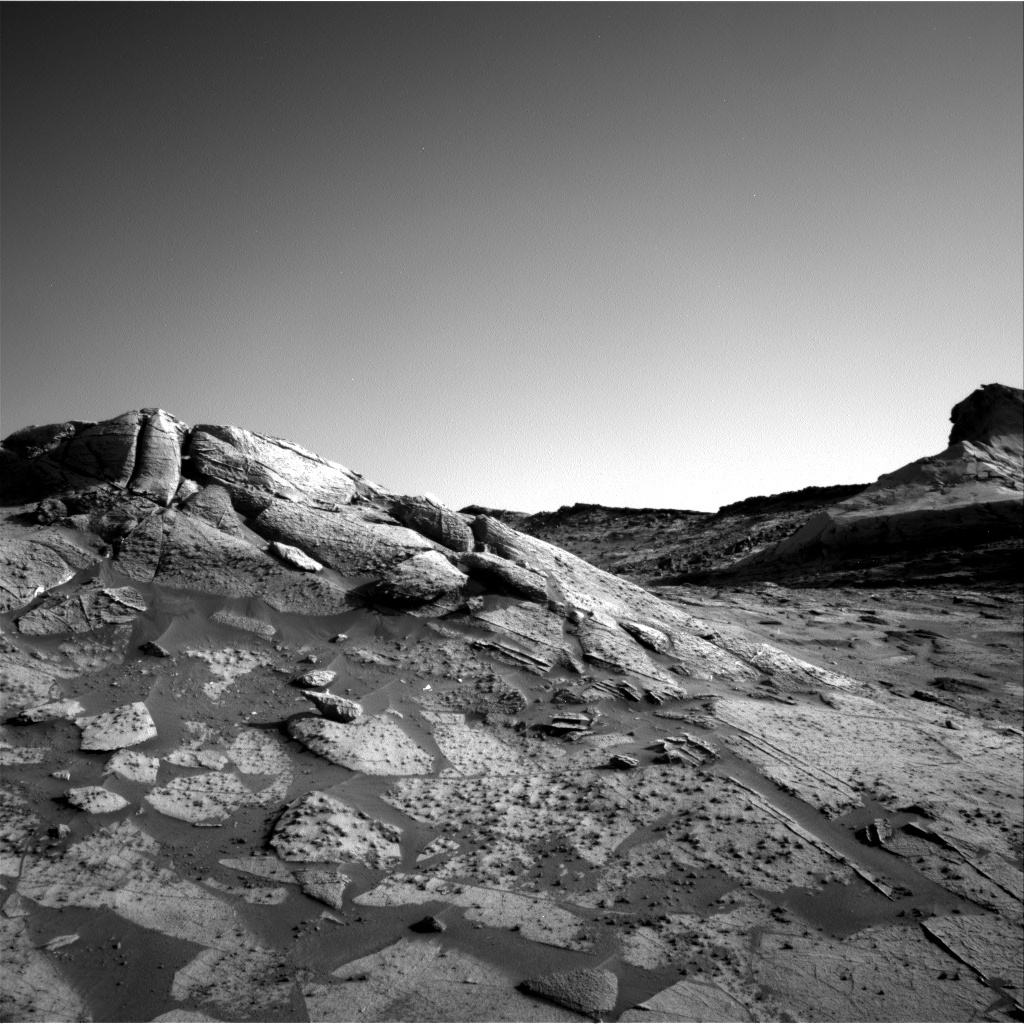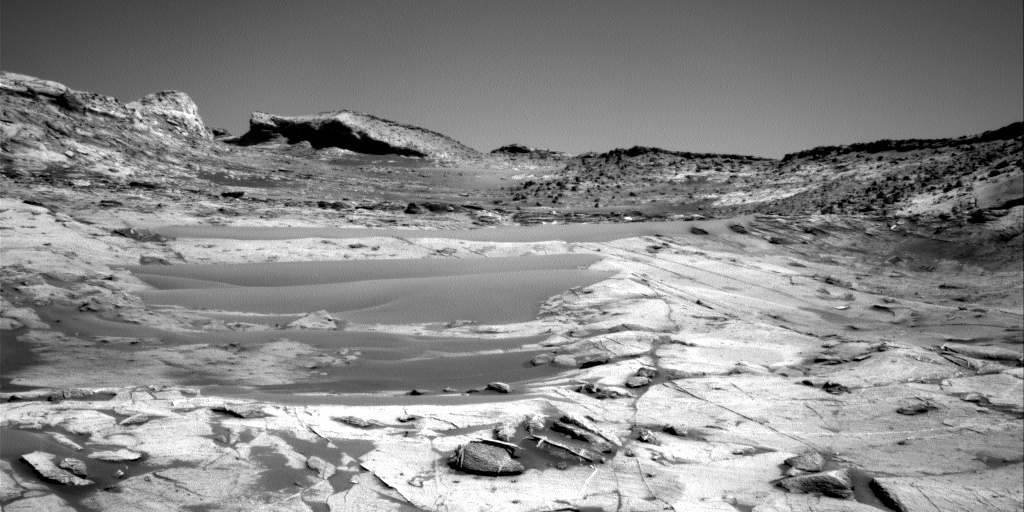September 17, 2021
Sols 3241-3243: SAM
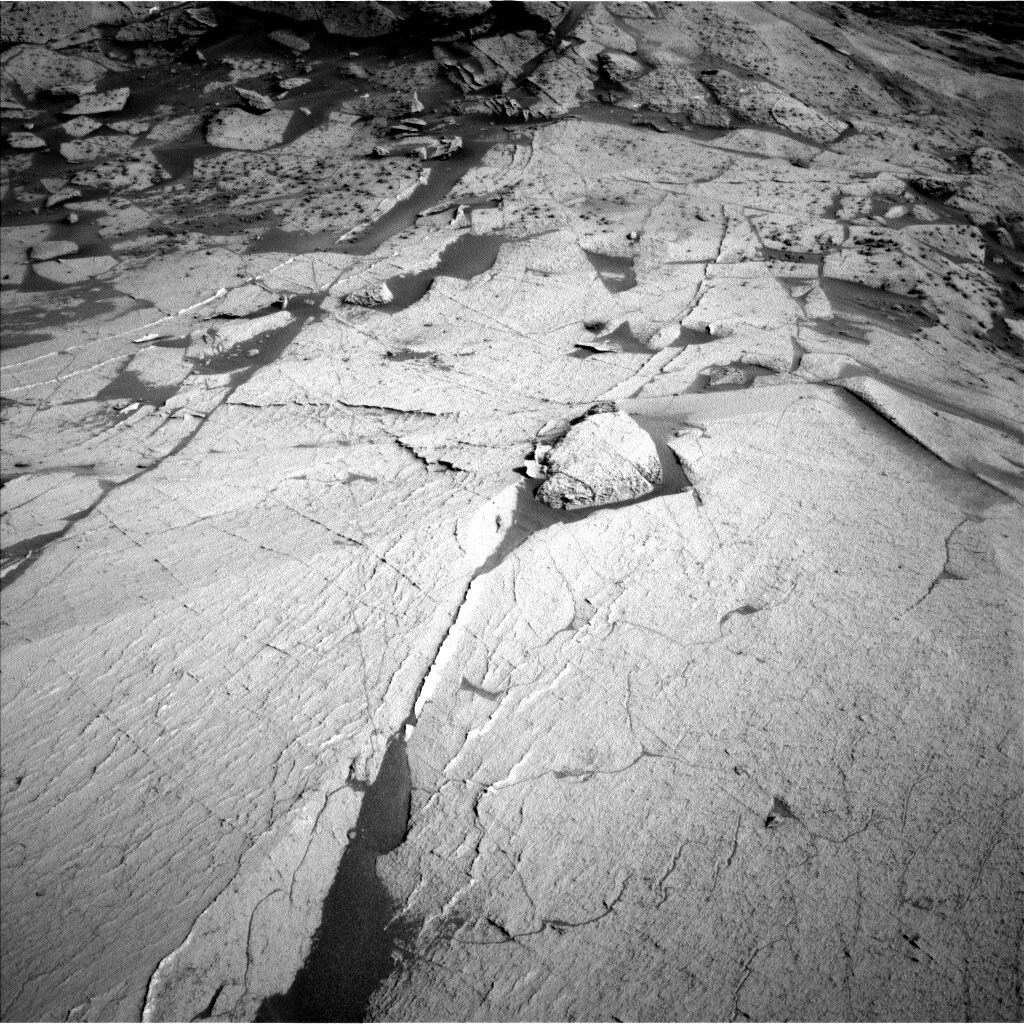
This image was taken by Left Navigation Camera, with the ChemCam target “Falls of Shin” in the centre of the image. Credit: NASA/JPL-Caltech. Download Image ›
In Monday’s plan, sample was delivered to SAM (Sample Analysis at Mars) for an EGA (evolved gas analysis) activity, which involved heating the sample to very high temperatures and measuring the gases that bake out of the sample with each temperature increment. Coming into planning this morning, we were waiting to see what SAM thought – had it got enough information from the sample, or was there interest in going further? And SAM said Yes please! and requested a follow up activity, using the gas chromatograph and mass spectrometer (GCMS), which can identify different compounds. On the first sol of the weekend, SAM will uplink a sequence to clean the SAM Gas Columns (GC),before analyzing the sample on the second sol of the weekend plan.
These are very power intensive procedures, so GEO was limited in its activities. Luckily, this workspace continues to interest us. ChemCam is conducting a paired experiment across a raised vein area (the ridged crack in the centre of the image above), with one sample “Falls of Shin” right on the vein itself and a second sample “Falls of Foyers” a little beyond the vein area. This will allow the ChemCam team to study the alteration effects associated with the vein.
As the APXS Strategic planner this week, it has been pretty quiet for me. No APXS or MAHLI are allowed until the drilled sample is emptied from the drill. However, next week will be busy, cramming all our final contact science investigations on the Maria Gordon drilled samples before we move into Conjunction the following week. Curiosity gets to take a bit of a vacation for a couple of weeks, as it moves behind the sun, and all communications will cease for two weeks.

